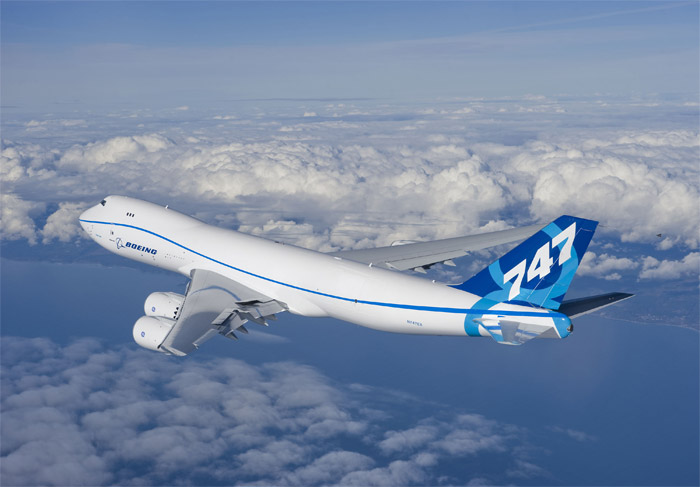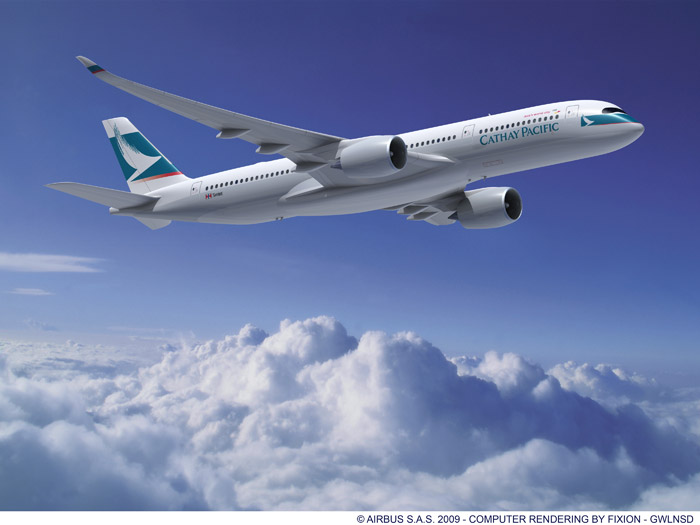 United Continental Holdings, Inc. formerly UAL Corporation, announced today that a wholly owned subsidiary has merged with Continental Airlines, Inc., and that Continental Airlines and United Air Lines, Inc. are now wholly owned subsidiaries of United Continental Holdings, Inc.
United Continental Holdings, Inc. formerly UAL Corporation, announced today that a wholly owned subsidiary has merged with Continental Airlines, Inc., and that Continental Airlines and United Air Lines, Inc. are now wholly owned subsidiaries of United Continental Holdings, Inc.
“We are delighted to announce the successful completion of this merger. With great people, an unparalleled global network, the best new aircraft order book among U.S. network carriers and a commitment to superior products and services, United is well positioned for a bright future,” president and chief executive officer Smisek said. “I look forward to working together with my co-workers around the globe as we begin our journey to create the world’s leading airline that delivers best-in-class customer service, increased opportunities for employees, meaningful profitability and sustainable long-term value for our shareholders.”
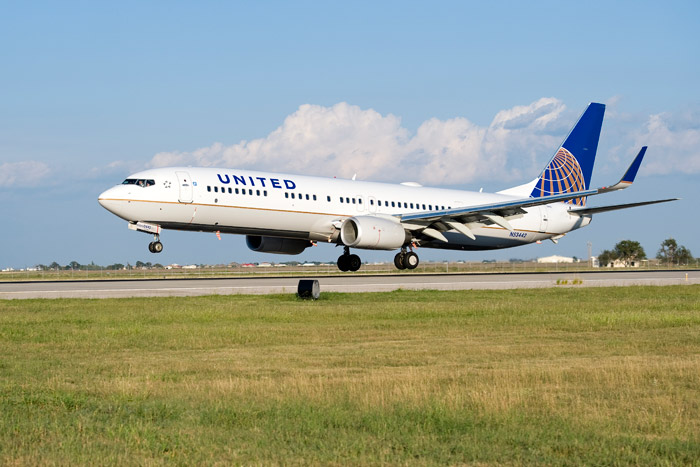
Continental and United, operating under United Continental Holdings, Inc., will immediately begin the work to fully integrate the two companies. In the near term, customers can expect to interact with each carrier as they always have. Customers flying on Continental will continue to check in at continental.com, or at Continental kiosks and ticket counters, and to be assisted by Continental employees, and customers flying on United will continue to check in at united.com or at United kiosks or ticket counters, and to be assisted by United employees. Customers will continue to earn and redeem frequent-flier miles through the respective loyalty programs of Continental and United until those programs are combined. The company expects that travelers will begin to see a more unified product in the spring of 2011, as the carriers integrate key customer service and marketing activities to deliver a more seamless product.
The new company’s corporate and operational headquarters will be in Chicago, with a significant presence in Houston, the company’s largest hub.
Together with United Express, Continental Express and Continental Connection, the new United operates a total of approximately 5,800 flights a day to 371 destinations throughout the Americas, Europe and Asia from our hubs in Chicago, Cleveland, Denver, Guam, Houston, Los Angeles, New York, San Francisco, Tokyo and Washington, D.C. United and Continental are members of Star Alliance, which offers more than 21,200 daily flights to 181 countries worldwide through its 28 member airlines.
Photo: United Continental
via PRNewswire

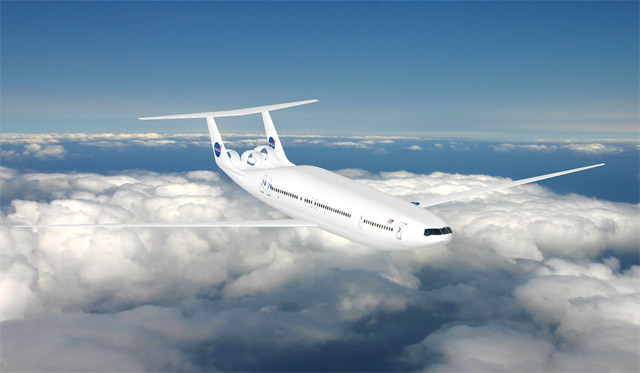

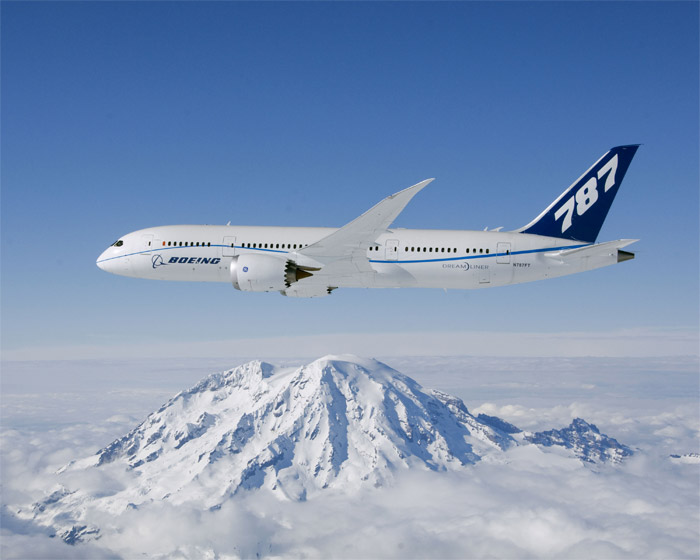
 United Continental Holdings, Inc. formerly UAL Corporation, announced today that a wholly owned subsidiary has merged with Continental Airlines, Inc., and that Continental Airlines and United Air Lines, Inc. are now wholly owned subsidiaries of United Continental Holdings, Inc.
United Continental Holdings, Inc. formerly UAL Corporation, announced today that a wholly owned subsidiary has merged with Continental Airlines, Inc., and that Continental Airlines and United Air Lines, Inc. are now wholly owned subsidiaries of United Continental Holdings, Inc. 
